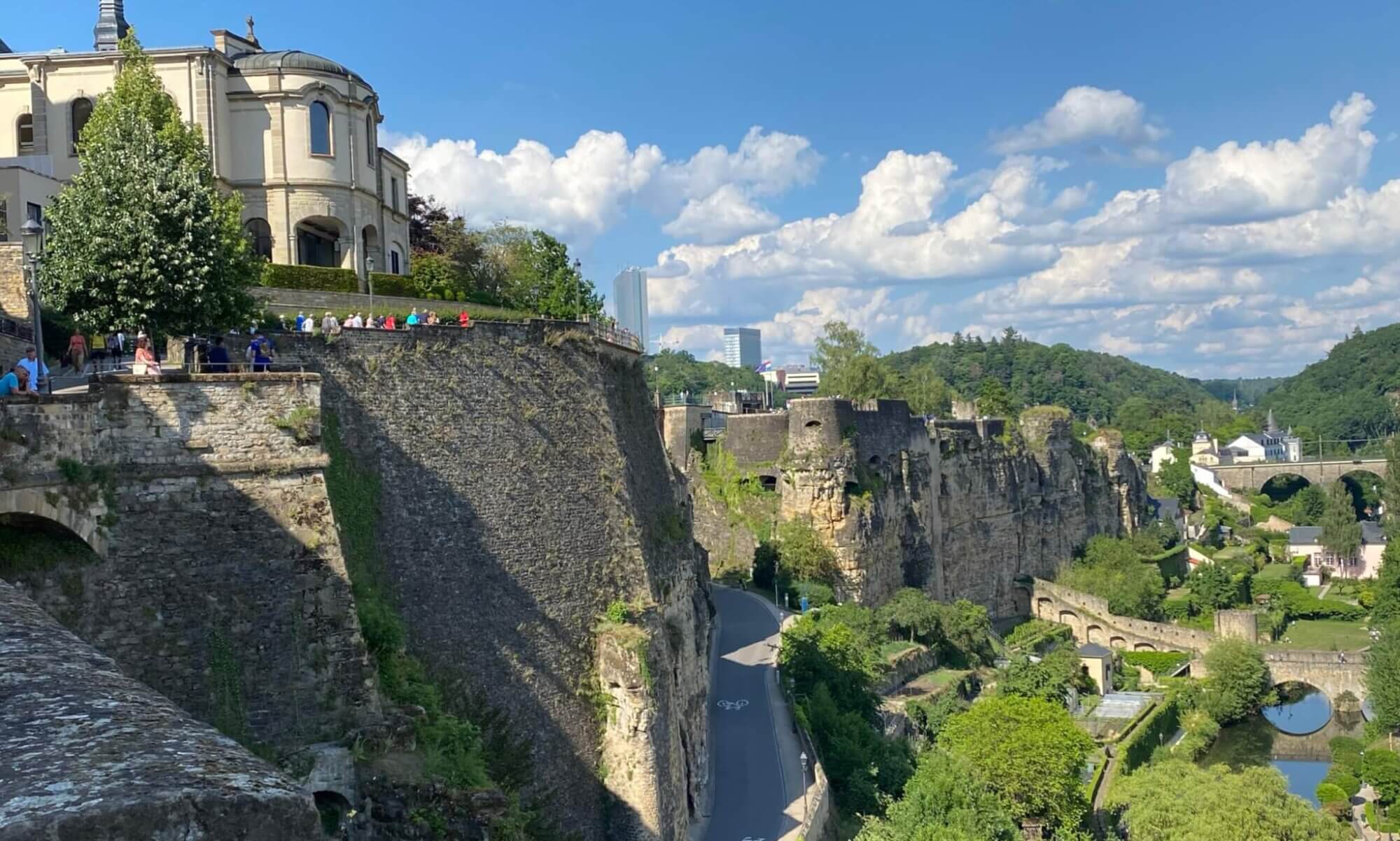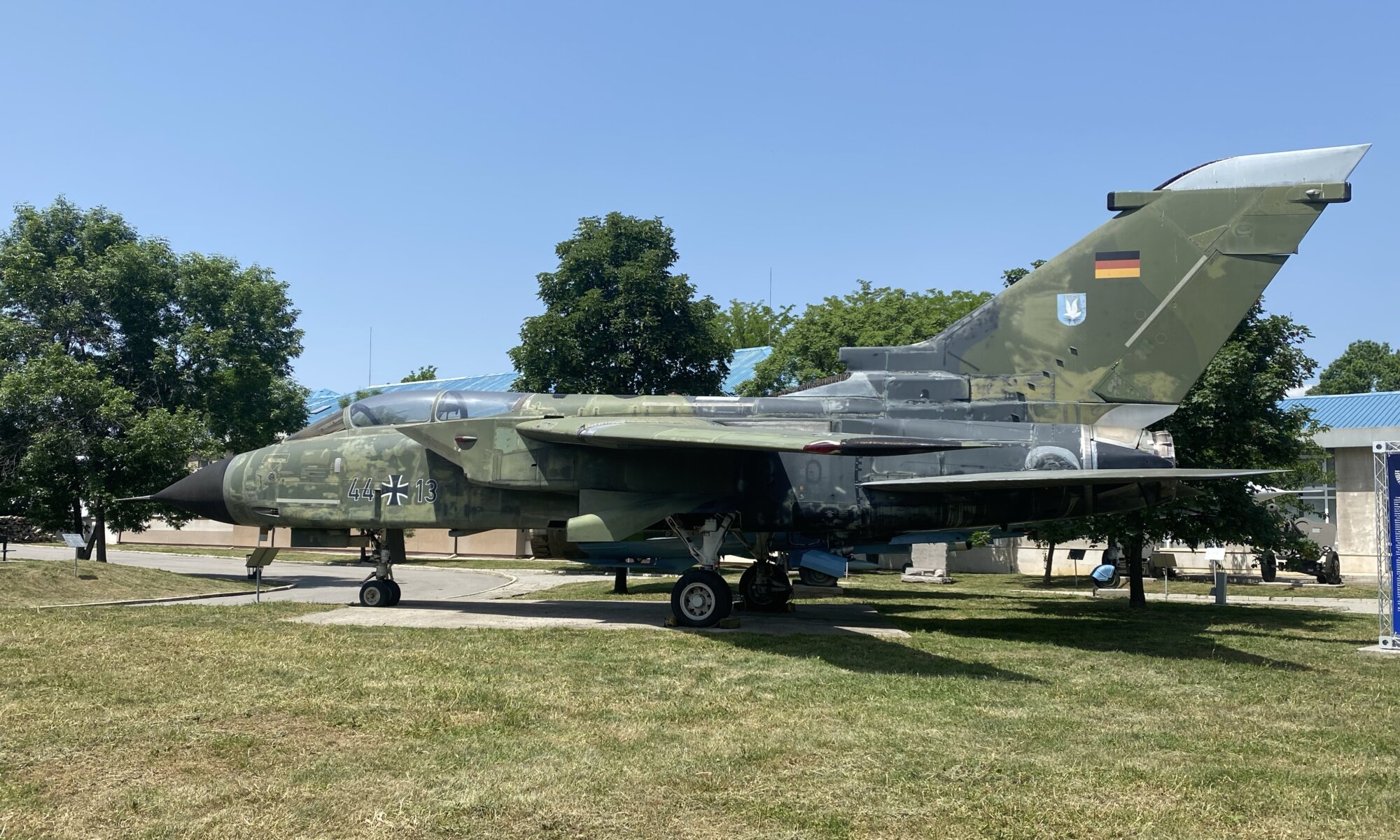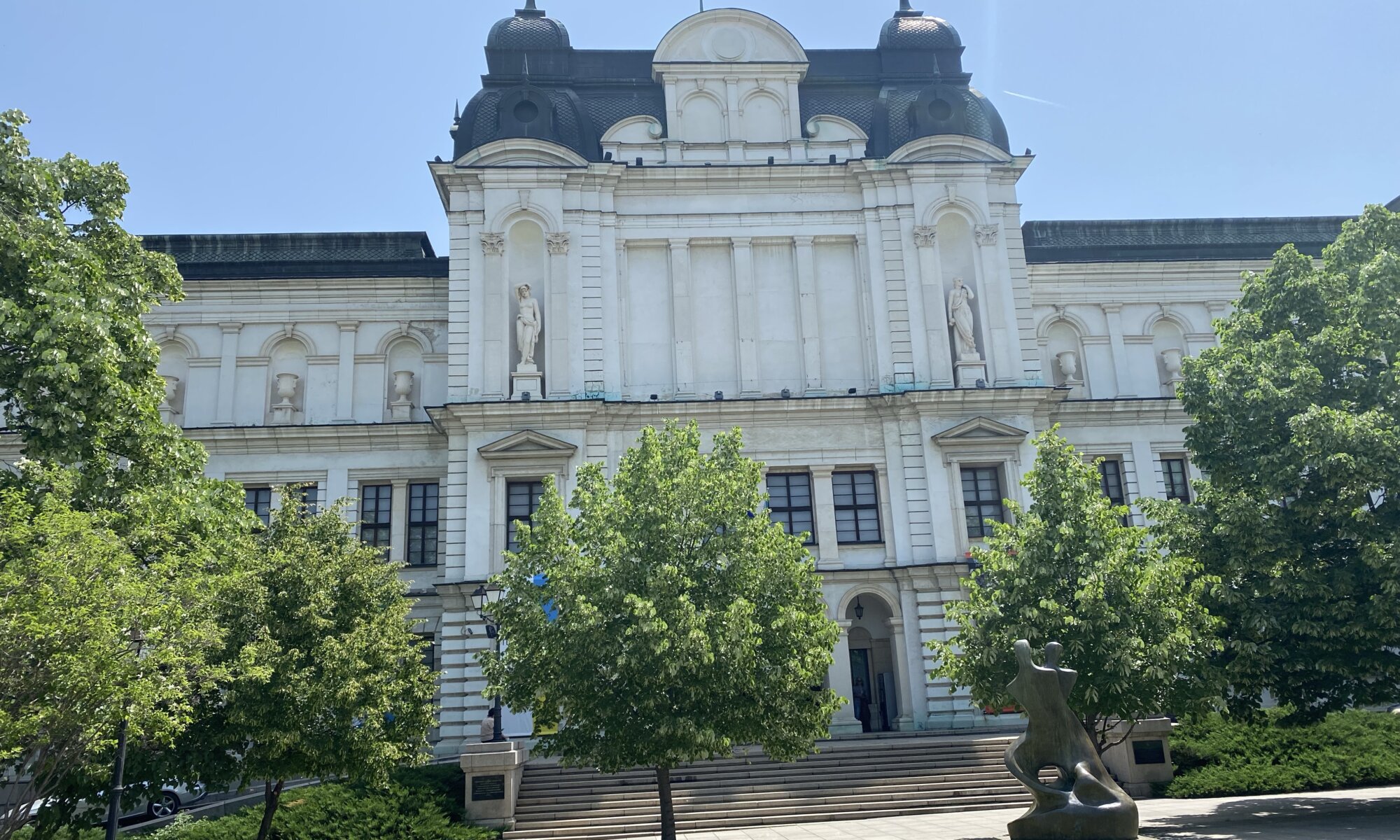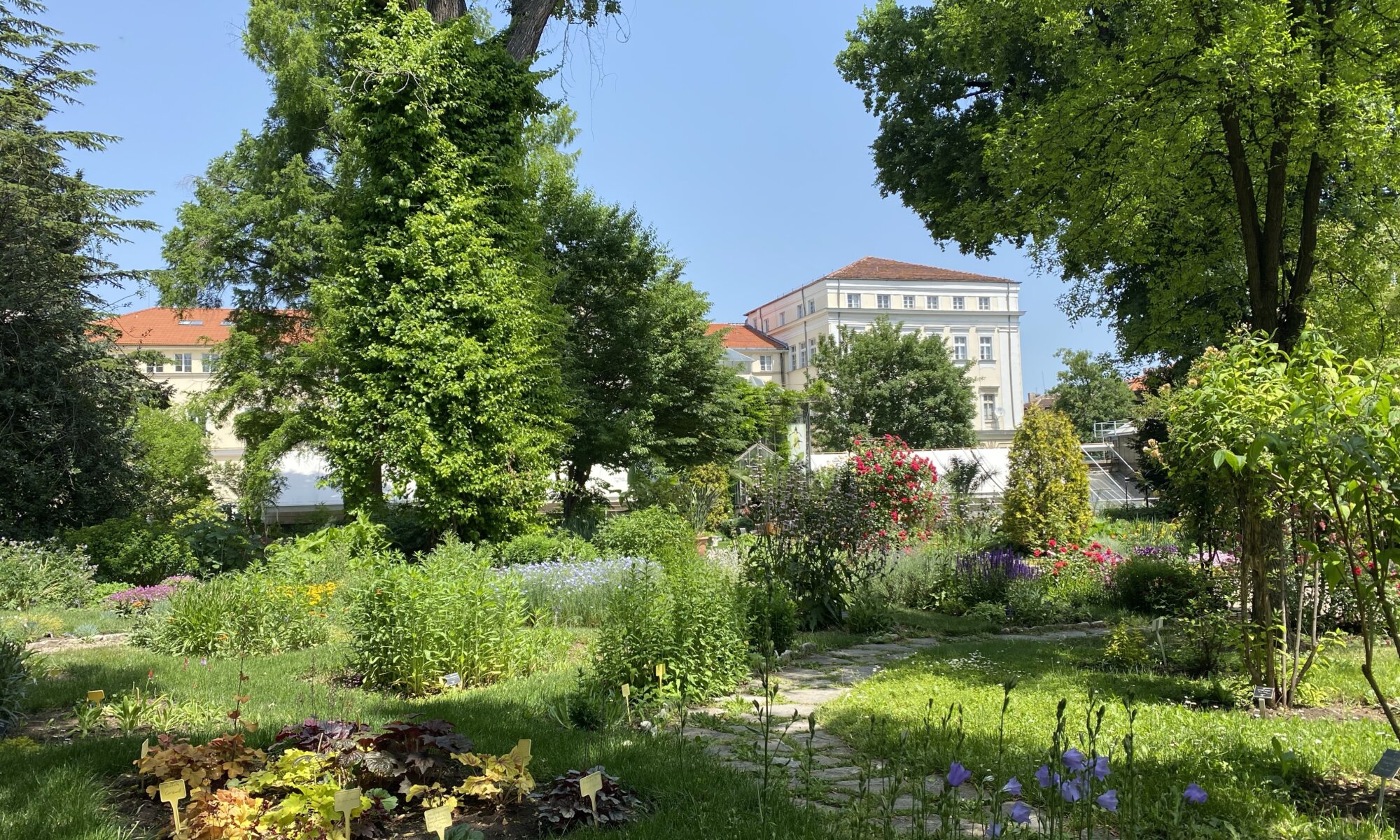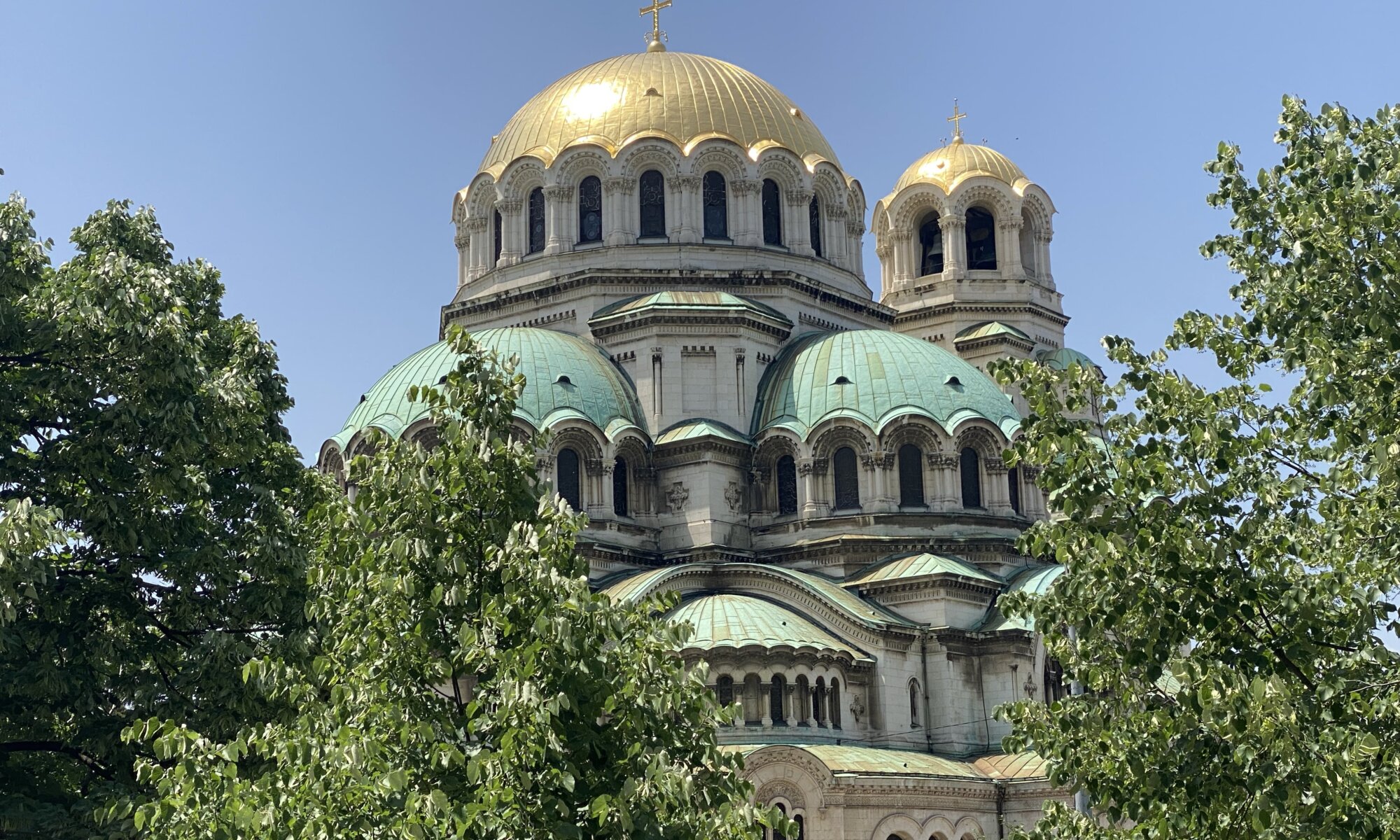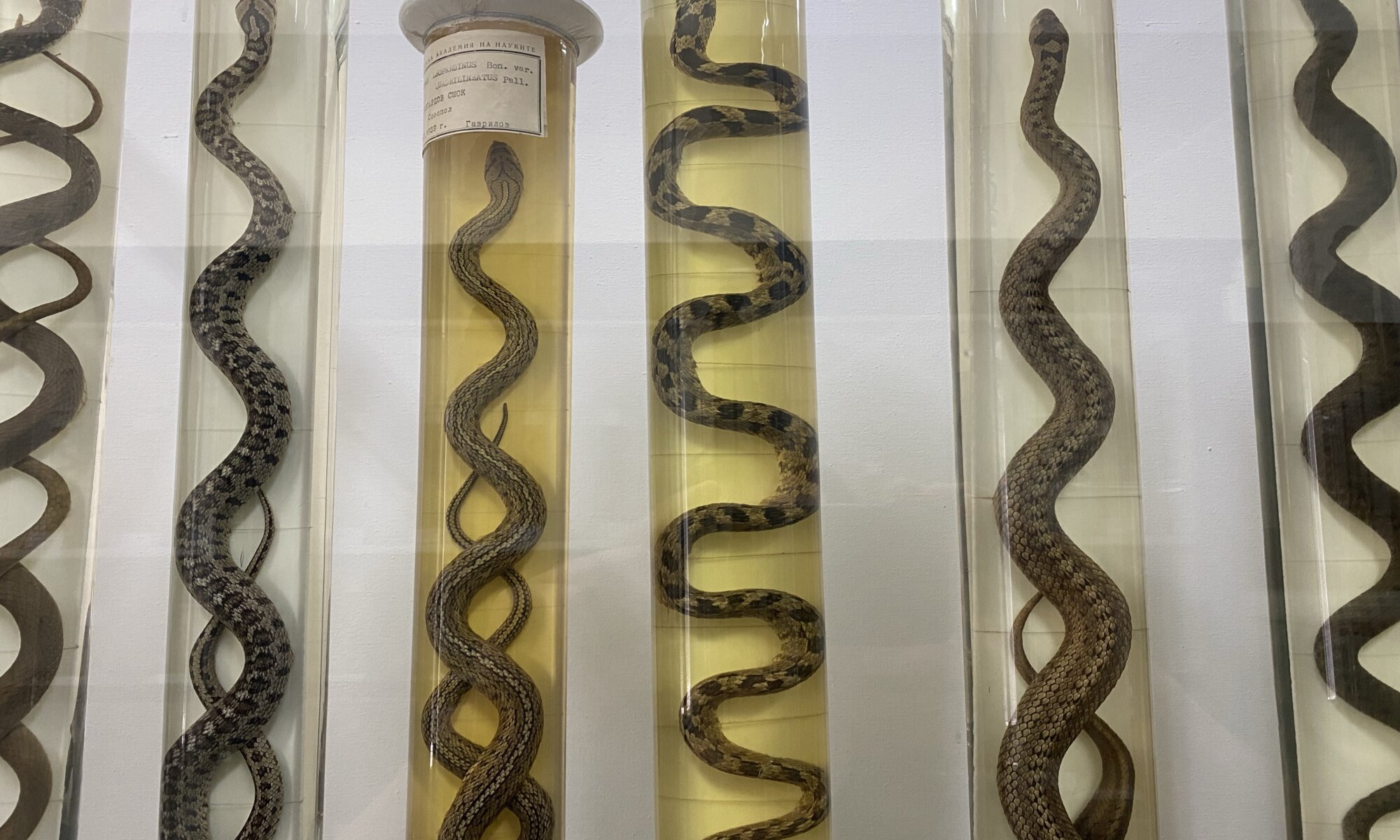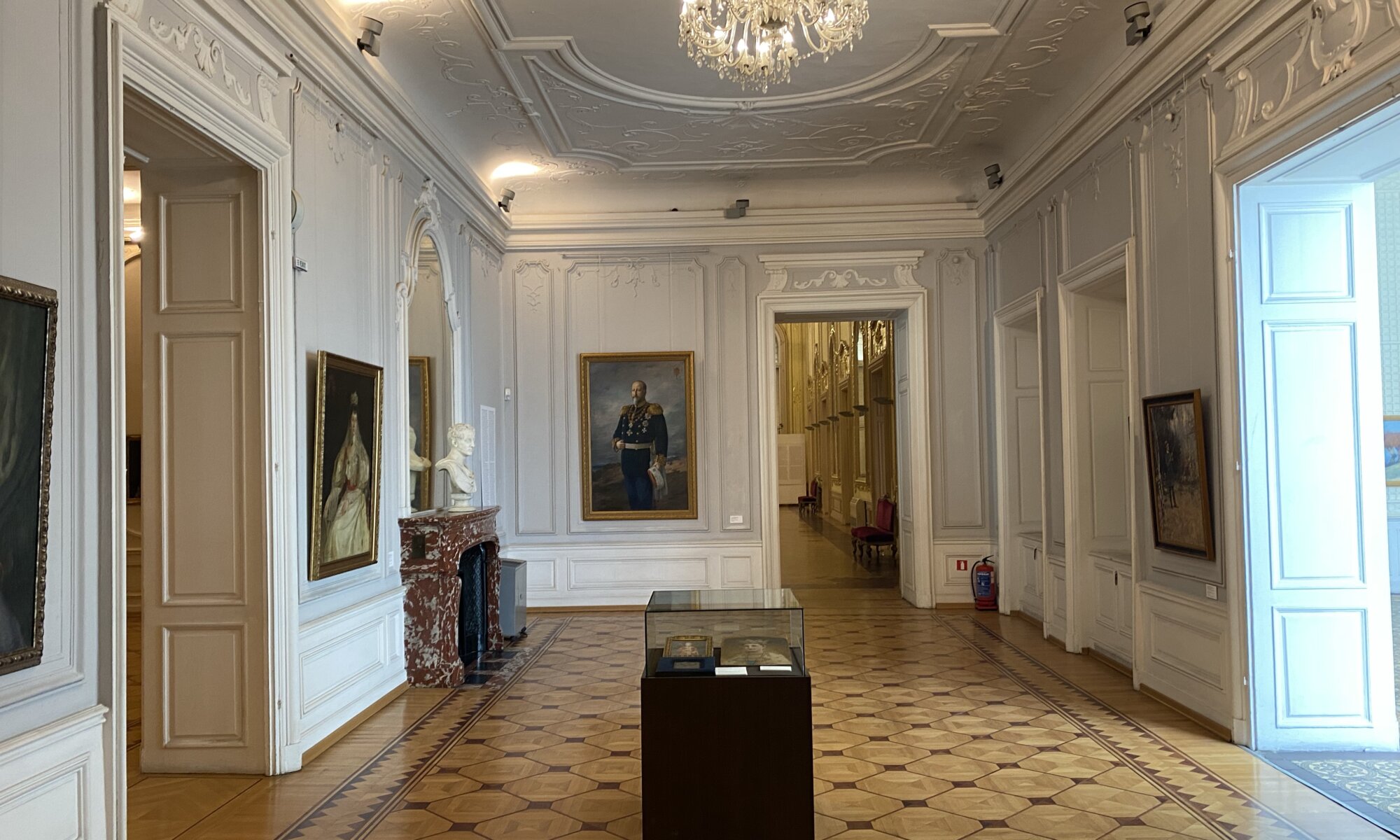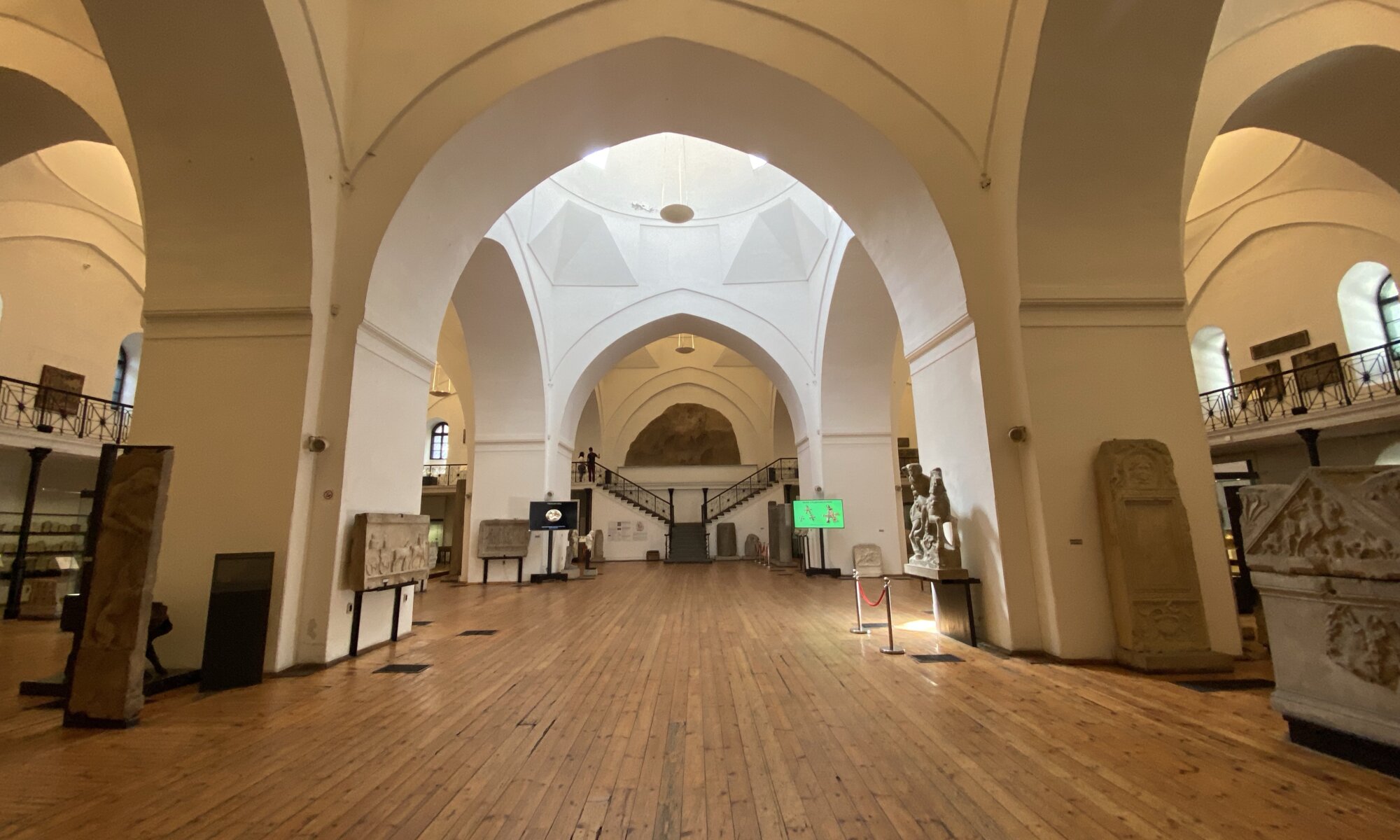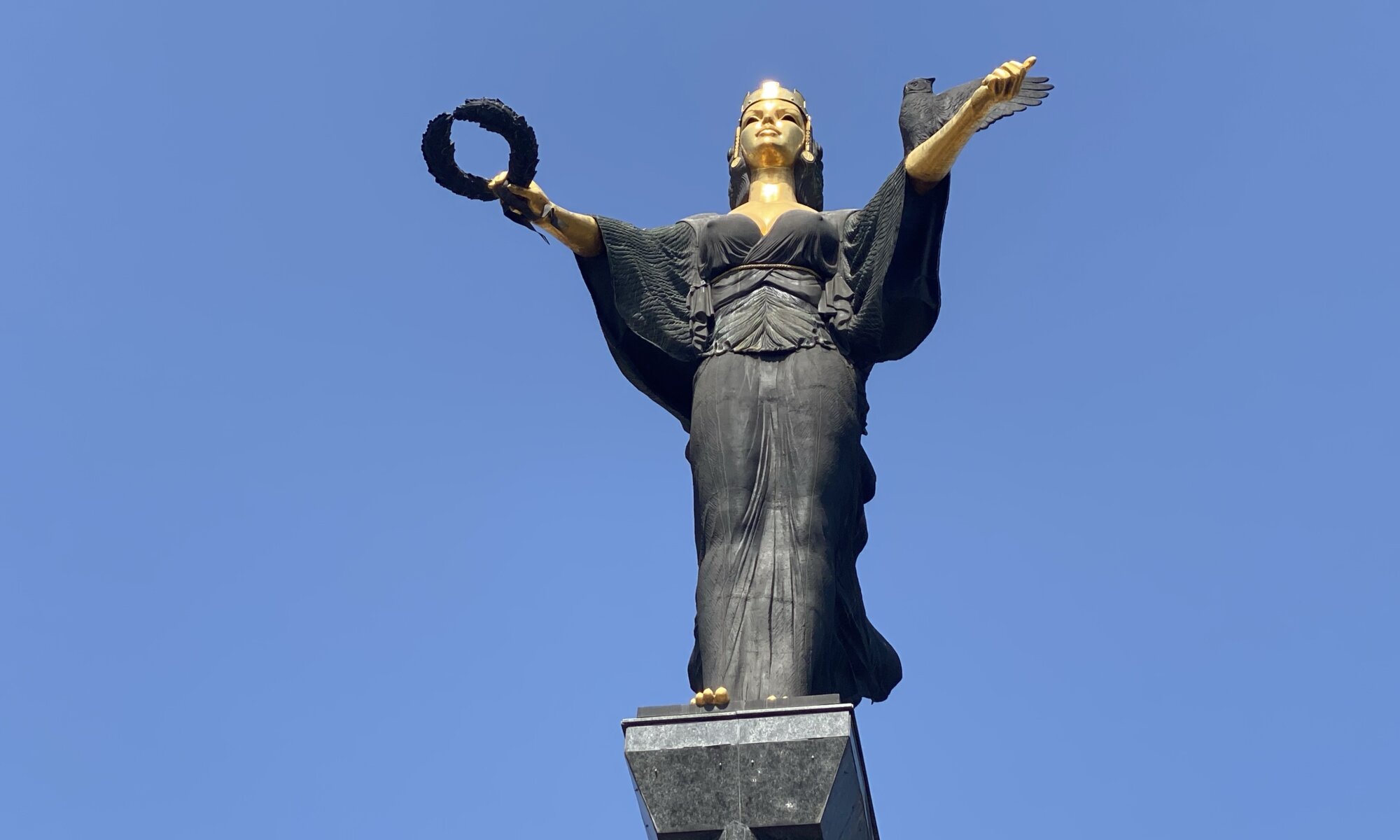The oldest and largest park of София is the Borissowa gradina, named after tsar Boris III from the House of Saxe-Coburg and Gotha-Koháry. It was created in 1884 in the Southeast outside of the city; due to the vast growth of София it is now part of the city center. When you walk through it you can see the different faces of this place: in the North it is a landscape park, further south it is more like a forest.
Continue reading “Giant garden”Tornado
I really hate war, I’ve never joined an army and I’m not attracted by any kind of military stuff. But the National Museum of Military History in София is so special (and awkward to me) that I had to visit it. The museum belongs to the Ministry of Defence of Bulgaria and dates back already to the year 1916. It tells the military history of the country in multiple buildings, but most people will go there for the vast exhibition of military equipment.
Continue reading “Tornado”National gallery
If you’re interested in Bulgarian art and Soviet-style artworks, then the Kvadrat 500 belonging to the National Gallery is your best choice. It is the biggest art museum of София and was opened in 2015. Next to Bulgarian works there is also a lot of European art and you can additionally see works from different other continents. The collection contains 42,000 pieces and only a small fraction can be shown in the 28 halls of the museum next to the Alexander Newski Cathedral.
Continue reading “National gallery”Scientific rose garden
Botanical gardens in eastern Europe often suffer the lack of funding and rather look vast gardens. At the center of София you can find a well-maintained botanical garden belonging to the university – it is rather small in size but a wonderful place the recover from the hustle-and-bustle on the streets. It can be found next to the Alexander-Newski-Cathedral and the National Gallery.
Continue reading “Scientific rose garden”Dark cathedral
One of the most important sights at София is the Alexander Newski Cathedral. It is huge, the dome is around 45 meters high and it was designed in Neo-Byzantine style. The impressive house of prayer was built from the year 1882 on and is today the central church of the Bulgarian-Orthodox community and one of the fifty biggest Christian churches. It gives space to 5,000 worshippers and is named after Alexander Newsky, a saint of the Russian-Orthodox church.
Continue reading “Dark cathedral”Chamber of secrets
Ferdinand I of Bulgaria was interested in nature and science. Due to this, he initiated the foundation of the Natural History Museum of София, which was the first museum focusing on nature on the Balkans. The museum dates back to 1889 and it is special, very different to everything I’ve seen before. It is a bit strange, creepy and therefore a real recommendation.
Continue reading “Chamber of secrets”Palace of art
When Bulgarian was freed from Ottoman reign in 1878 a royal palace was created at София. Today it contains the National Art Gallery (belonging to the National Gallery) which exhibits fantastic old and contemporary art. Sometimes the amazing palace architecture and decorations capture your views and distract you from the art works, most times both coexist in a wonderful symbiosis.
Continue reading “Palace of art”Romans and Greeks
Bulgaria has a long history. София was once known as Serdica, the capital of the Roman province of Thrace. The Macedonians conquered the city as well as the Huns and the Osmans. To explain this past and the archeological findings of the country, the Bulgarian Archeological Museum was opened in 1905. If you’re surprised by the structures of the building: yes, it was an Ottoman mosque built from 1451 on.
Continue reading “Romans and Greeks”Hidden church
You might search quite a while until you find the rotunda dedicated to St. George the dragon slayer at the center of София, Bulgaria. The church, which is the oldest building of the city, is fully surrounded by modern buildings which contain a hotel, the ministry of science and the seat of the Bulgarian president. It dates back to Roman times and was built in the 4th century; the frescos inside date back to between the 10th and the 14th century CE.
Continue reading “Hidden church”Holy Sophia
When you’re leaving the metro system of София at the main transportation hub Serdica, you’ll see a large statue of a woman with a golden face high above the square. It’s the Holy Sophia with a laurel wreath in one hand and an owl as the symbol of wisdom on the other arm. This statue was placed there just in the year 2000; before that, Vladimir Ilyich Ulyanov (better known as Lenin) was standing there and looking at the headquarter of the Communist party.
Continue reading “Holy Sophia”